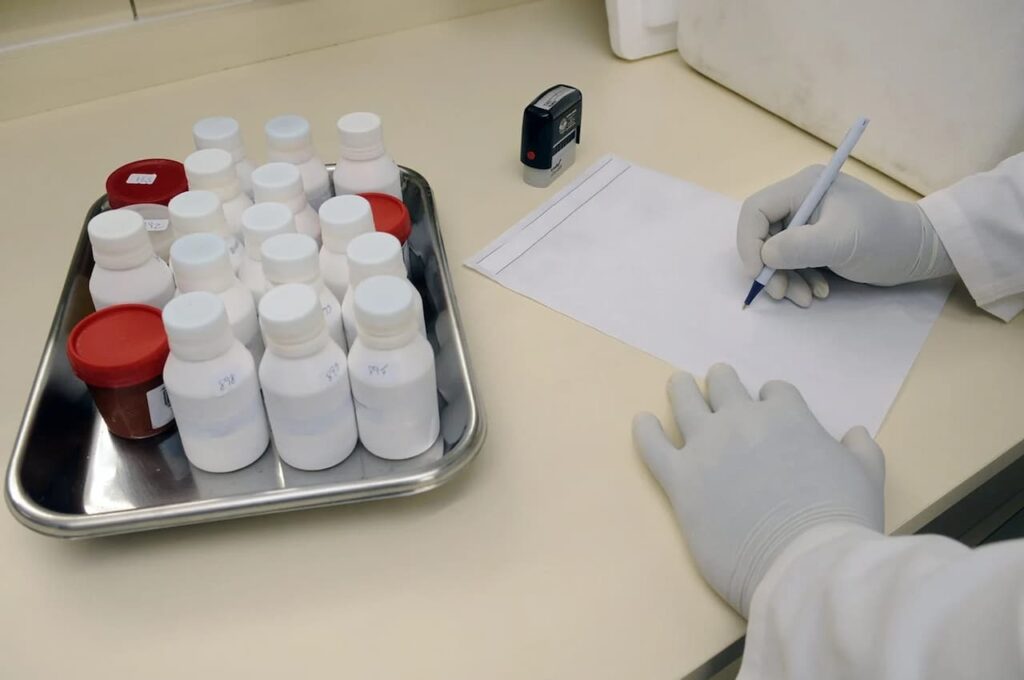Diseases of the cardiovascular system and their complications are still a big problem worldwide. In most cases, the cause of the problems is atherosclerosis. It becomes obvious that in the fight against diseases and their numerous complications, it is extremely important to monitor preclinical forms of atherosclerosis and effective drug and non-drug therapy for its clinical manifestations.
At the same time, there is new data on the pathogenesis of atherosclerosis, the analysis of which may be reflected in the approach to the treatment of this group of patients. Atherosclerosis appears to be an age-associated disease. Premature biological aging (which usually differs from that chronological aging) contributes to the pathogenesis of atherosclerosis. This is confirmed by the results of clinical studies, indicating that in stable atherosclerotic plaques, there is a small number of old cells. In contrast, in complicated atherosclerotic plaques, there is a deposition of old cells. Telomere shortening serves as a biological trigger mechanism that explains cellular aging.
Oxidative Stress – Atherosclerosis and Telomere Length
Oxidative stress is a common pathophysiological mechanism responsible for the development of age-related diseases and aging. At a high local level of reactive oxygen species (ROS), their biological effects consist of a direct oxidative effect on all cell components (including proteins, lipids, and DNA), which leads to the initiation of chain chemical reactions. Such as lipid peroxidation, which occurs mainly within the bilayer of membranes, nuclei, and mitochondria. Telomeres and risk factors for atherosclerosis:
- Smoking. There is a direct correlation between smoking and oxidative stress. This may explain the results of numerous studies that indicate a shorter telomere length in tobacco users.
- Arterial hypertension. The results of numerous studies indicate that there is a relationship between telomere length and blood pressure. In contrast, the shortening of telomeres, causing changes in phenotypic expression in vascular cells, can contribute to hypertension.
- Obesity. There is no doubt that obesity is closely associated with the risk of developing diseases associated with the cardiovascular system. An overweight patient usually has risk factors such as hypertension, metabolic syndrome, and dyslipidemia. Adipose tissue is a source of ROS, pro-inflammatory cytokines, and various bioactive molecules that affect function and structural integrity.
- Diabetes. Obesity is only the beginning of a cascade of physiological events that lead to various age-associated diseases, including diabetes mellitus (DM). It is now known that hyperglycemia, even at the stage of pre-diabetes (impaired glucose tolerance), increases oxidative stress and, ultimately, leads to cellular aging.
- Insulin Resistance. The presence of insulin resistance harms endothelial function. This relationship is explained by the effect of insulin on mitogenesis. Under hypoxia conditions, excess insulin promotes the secretion of various growth factors and cytokines, leading to pathological vascular remodeling of blood vessels (hypertrophy of smooth muscle cells, endothelial dysfunction, thickening of the intima-media).
Ways to Protect Against Cellular Aging
Drug and non-drug therapy of clinical manifestations of atherosclerosis can indirectly affect the processes of cellular aging. Among non-drug methods, an active lifestyle, a high level of physical activity, a healthy diet, and a reduction in the salt intake should be noted.
The Cherkas LF study showed that a sedentary lifestyle (in addition to smoking, a high body mass index, and a low socioeconomic status) impacts telomere length and can accelerate the aging process. The study included 2401 twins from England.
(2152 women and 249 men aged 18 to 81). It turned out that the length of telomeres in more active participants was 200 nucleotides more than less active (7.1 and 6.9 kilobases, respectively).
Similar results were obtained in a study by J. Krauss, who analyzed the length of telomeres in 944 patients with a stable course of coronary heart disease. Telomere length in individuals with a low level of physical activity was less than in individuals with a high-level physical activity (53493781 b.p. and 5566±3829 p.o., respectively).
The issue of rational nutrition is also important, in particular, a sufficient diet of omega-3 polyunsaturated acids. A sufficient dietary intake of omega-3s is associated with low levels of F2-isoprostane (a standard indicator of systemic oxidative stress) and higher levels of antioxidant enzymes (catalase and superoxide dismutase), which reduce oxidative stress.
Particularly noteworthy are drugs that are prescribed for the treatment of diseases of the cardiovascular system. Acetylsalicylic acid is known to have antithrombotic and anti-inflammatory effects. In addition, ASA reduces the synthesis of dimethylarginine, an endogenous inhibitor of NO synthase, thereby reducing oxidative stress and the rate of aging of endothelial cells. Some scientists hypothesize that the effect of drugs of this group on telomeres can explain the increased survival rates of cardiac patients on long-term statin therapy. Spyridopoulos proved that statins could increase the migratory ability of endothelial progenitor cells through the effect of the TRF2 protein, which is part of the telomere T-loop shelterin complex.

Conclusion
Treatments aimed at delaying cellular aging by influencing telomeres and telomerase. The development and progression of atherosclerosis, in most cases, occurs over decades and does not always have clinical manifestations in the early stages. Analysis of individual risk factors for atherosclerosis is not always highly effective. Numerous studies indicate that telomere length reflects the total degree of DNA damage throughout a person’s life by factors responsible for the development of atherosclerosis and its complications. The rate of telomere shortening increases even before the onset of a clinical disease, which may be of diagnostic and prognostic value – measuring the length of telomeres in the first years of life may indicate a genetic predisposition to CVD.
